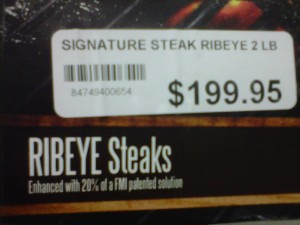Our Baby Back Rib Portions are one of our most popular items. However, we always get a lot of questions on what they are and how to cook them.
These portions are 1, 2 and 3 rib portions of baby back ribs. They are not in ‘rack form’ but they are extremely easy to cook and very forgiving on the grill/smoker/oven. They are baby backs, so they are extremely tender and have great flavor.
Best of all, they are very affordable. These ribs are about half the price of our normal baby back ribs (and much less than half the price of the other guys). They come in a 10lb case, so they are perfect for a bbq DDI or a lime in the backyard.
So, here is a little video on how Jason from Blooms cooks his Baby Back Rib Portions. Most of the ribs in this video were smoked and grilled, but it’s also extremely easy to cook in the over if you don’t have a grill or a smoker. Any questions on the recipe please don’t hesitate to shoot us an email: jason@bloomsimports.com





















